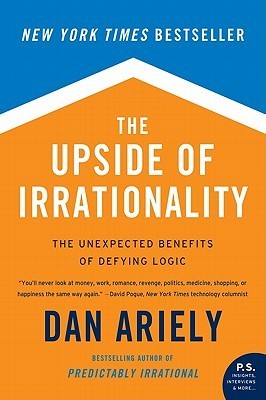
Thinking, Fast and Slow
Book Description
Two minds collide within every decision: the fast, instinctive thinker and the slow, deliberate analyst. As Daniel Kahneman unravels the intricate layers of human thought, he pulls back the curtain on the biases that shape our choices and the illusions that cloud our judgment. With gripping anecdotes and groundbreaking insights, this mind-bending journey into cognitive psychology illuminates the unseen forces driving our lives, revealing why we make ludicrous mistakes and how we can harness our thinking for better outcomes. Can you trust your intuition, or is it just a clever illusion waiting to deceive you?
Quick Book Summary
"Thinking, Fast and Slow" by Daniel Kahneman delves into the dual processes that govern human thought: System 1, which is fast, intuitive, and emotional, and System 2, which is slow, deliberate, and logical. Kahneman reveals how our minds often default to the easier, faster system, leading to predictable errors and cognitive biases. Drawing from decades of research in psychology and behavioral economics, the book exposes the hidden traps in our decision-making, from overconfidence to loss aversion. Through vivid examples and scientific experiments, Kahneman illustrates why even experts are prone to mistakes and how understanding these mental mechanisms can help individuals and organizations navigate decisions more wisely, reduce errors, and improve critical thinking.
Summary of Key Ideas
Table of Contents
System 1 vs. System 2 Thinking
Kahneman introduces the framework of two distinct modes of thinking that drive our decisions: System 1 and System 2. System 1 operates automatically and rapidly, employing intuition and heuristics to make split-second judgments. While efficient in many routine situations, it is prone to errors, especially when facing complex or unfamiliar problems. System 2, in contrast, is slow, analytical, and effortful, stepping in for more demanding mental activities but often settling for the answers provided by System 1 to conserve energy.
Cognitive Biases and Heuristics
A central theme of the book is the prevalence of cognitive biases, such as anchoring, availability, and representativeness, which systematically distort our thinking. Kahneman demonstrates how these biases arise from the shortcuts employed by System 1. For example, people are influenced by irrelevant information (anchors) when making estimates, judge likelihoods based on readily available memories, and often ignore statistical reality in favor of stereotypes. These mental shortcuts may help us navigate daily life but can also lead to significant misjudgments.
Overconfidence and Decision Making
Kahneman highlights the dangerous impact of overconfidence, a frequent consequence of relying too heavily on System 1. Individuals and experts alike tend to overestimate their knowledge and underestimate uncertainty, leading to flawed predictions and risky decisions. The illusion of understanding and hindsight bias further reinforce our belief in our judgments. Kahneman stresses the importance of humility and skepticism in decision-making, urging readers to question their certainty and seek more objective evaluations.
The Role of Emotion in Judgment
Emotions and psychological factors play a major role in shaping our judgments and preferences. Kahneman explores concepts like loss aversion—the tendency to feel losses more strongly than gains—and the framing effect, where the way choices are presented influences decisions. These insights demonstrate the limits of human rationality and how our feelings and presentation of options can sway us, often unconsciously. Awareness of these effects enables individuals to make choices that better reflect their true interests.
Implications for Economics and Policy
Finally, Kahneman discusses the real-world implications of these findings, especially for economics and public policy. Traditional models assume rational agents, but the evidence for systematic irrationality calls for a new approach. Kahneman advocates for “nudges” and thoughtful design of systems to counteract predictable biases. He makes a compelling case for the value of behavioral insights in improving financial decisions, policy frameworks, and personal lives, empowering readers to apply this knowledge for better outcomes.
Download This Summary
Get a free PDF of this summary instantly — no email required.





